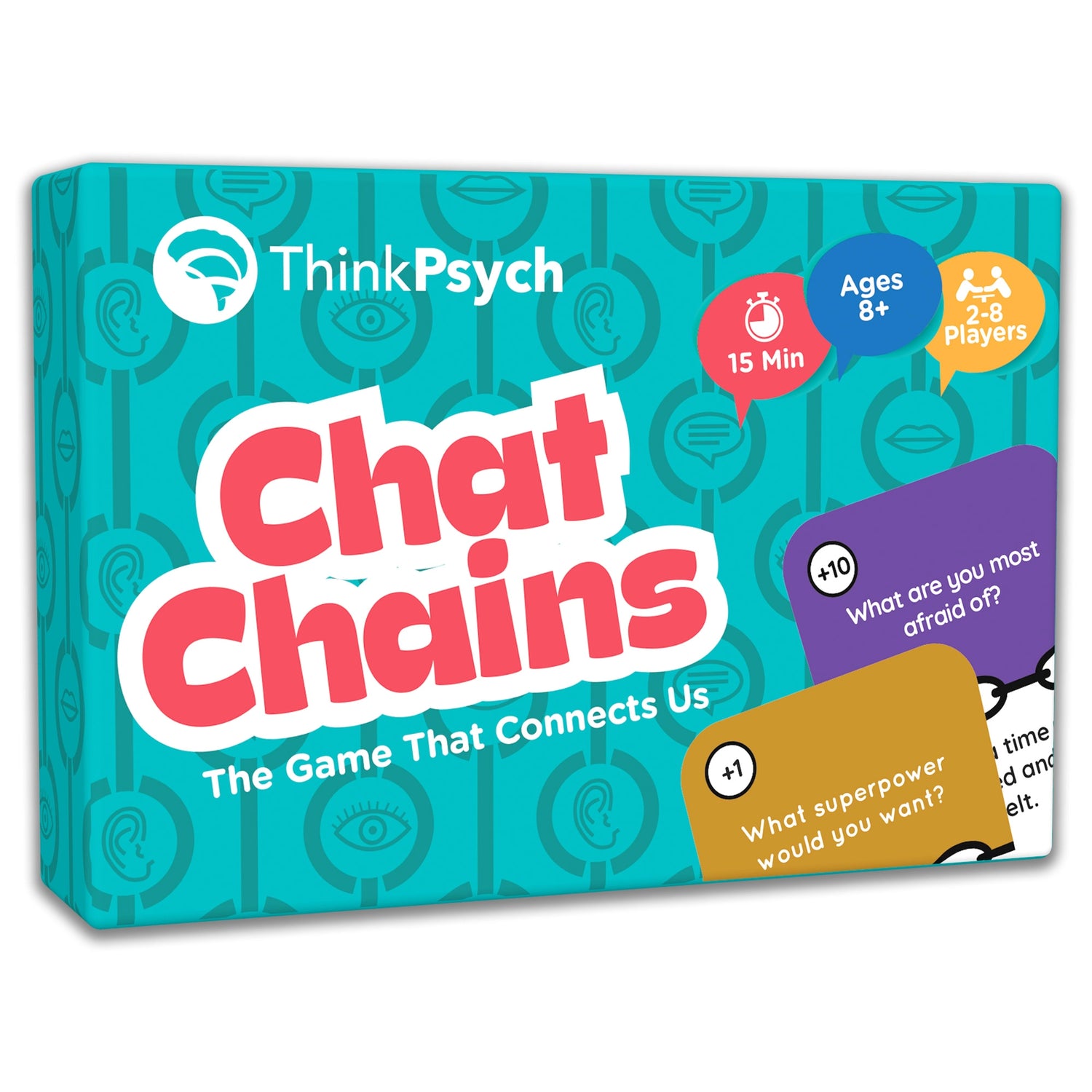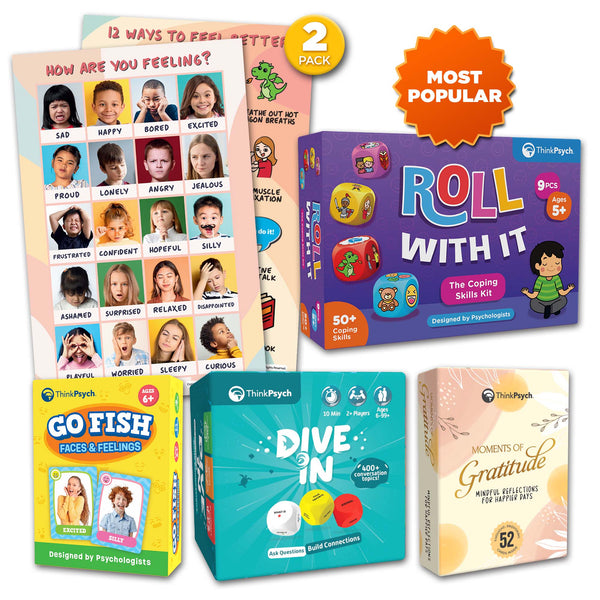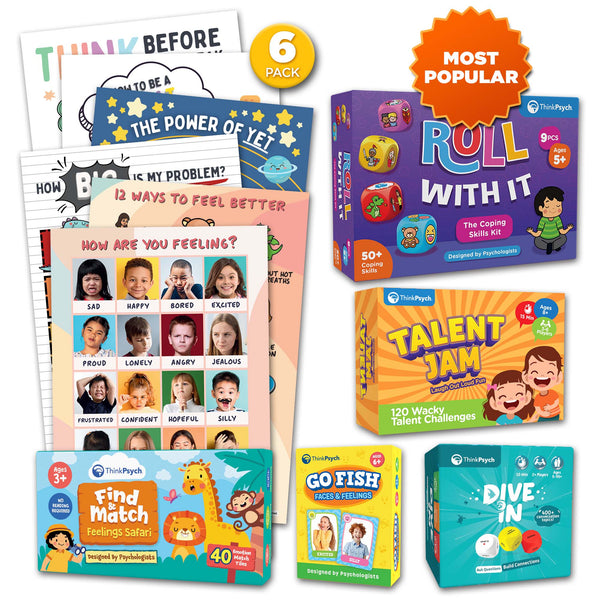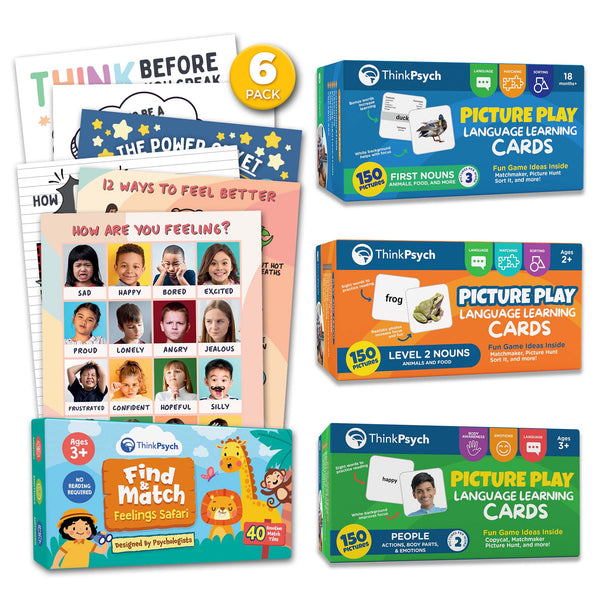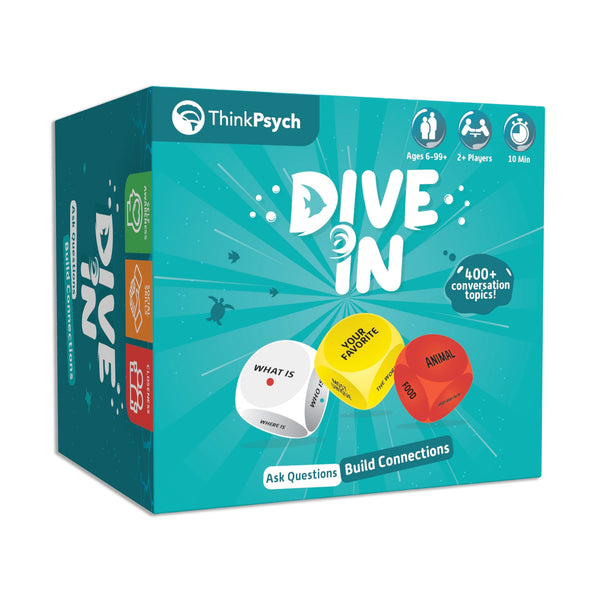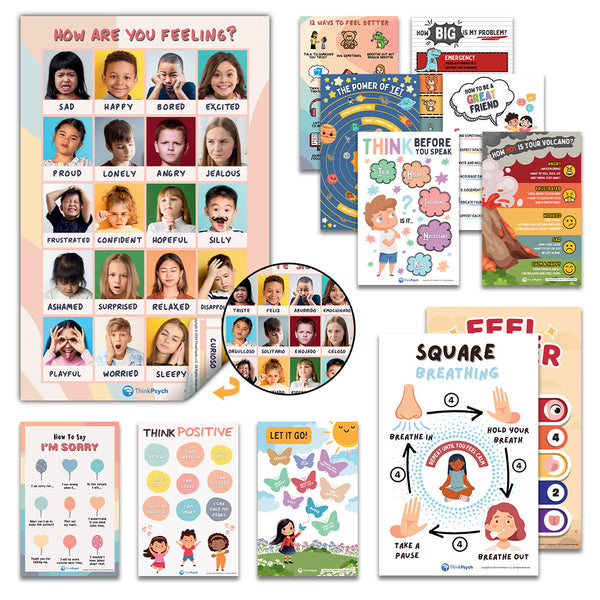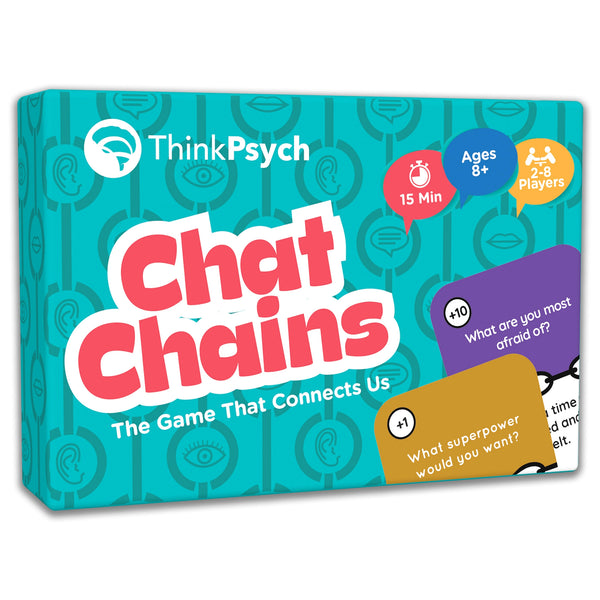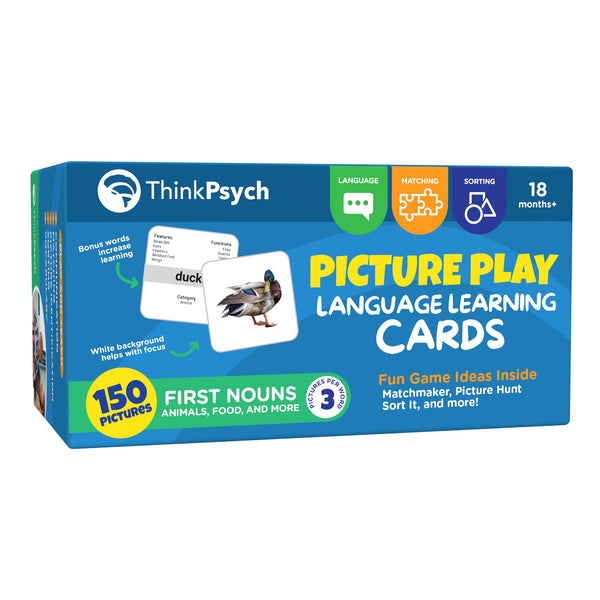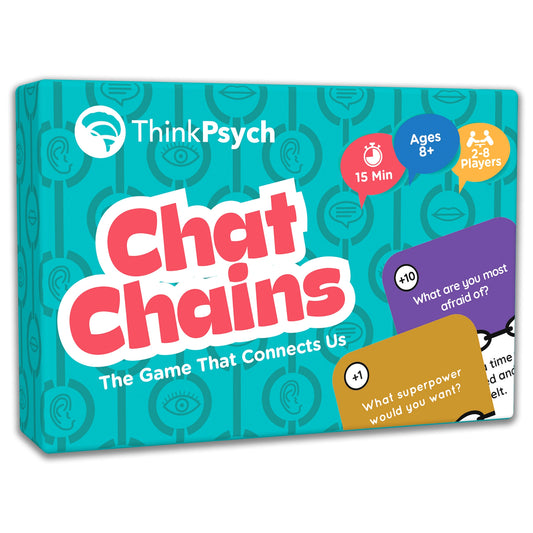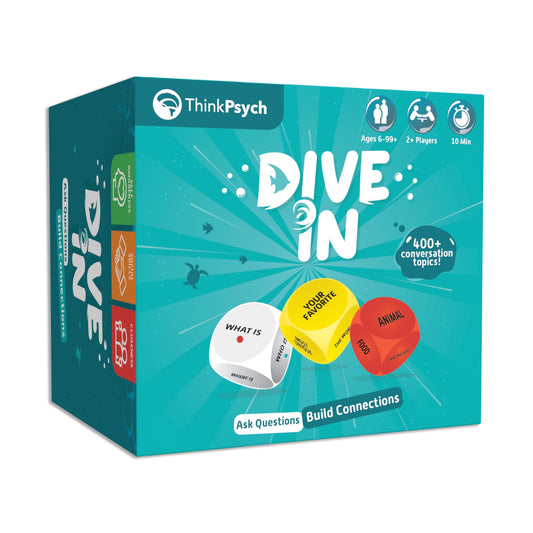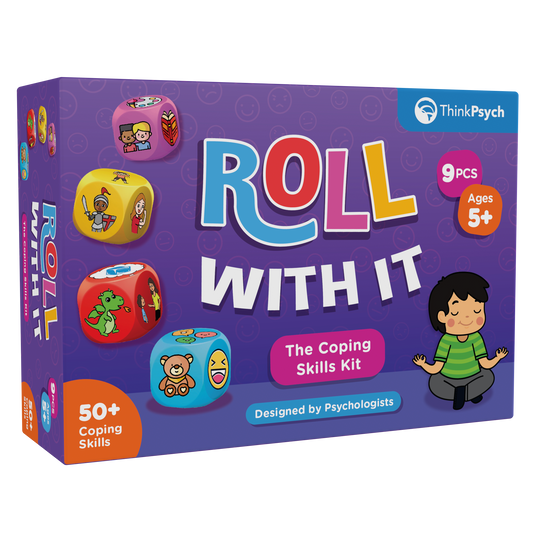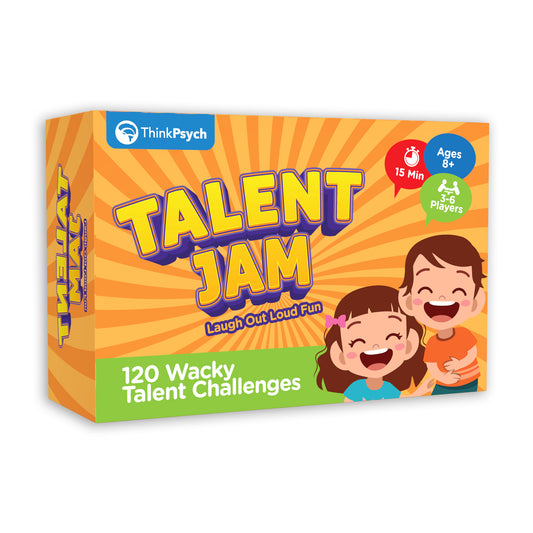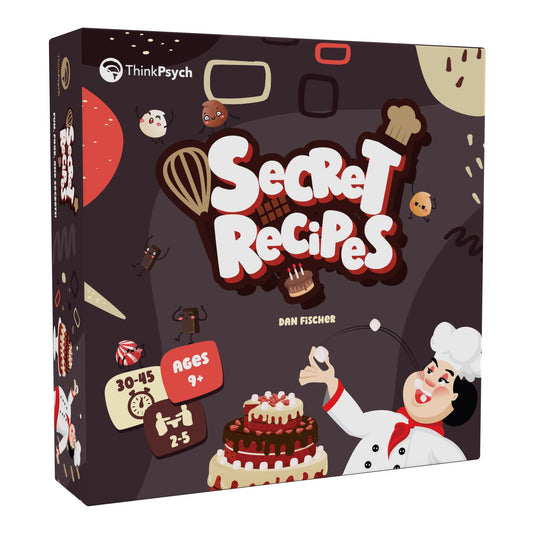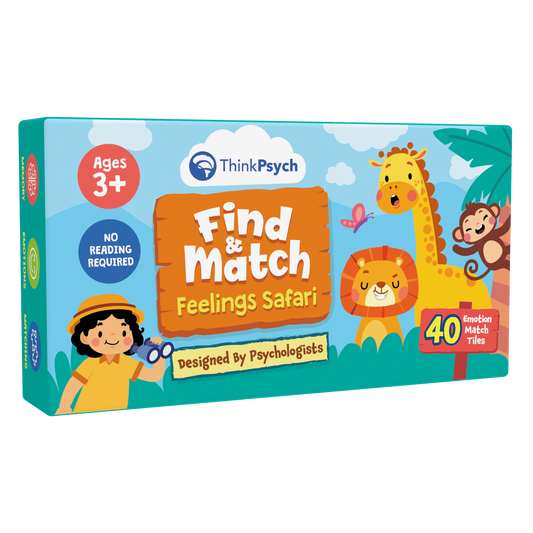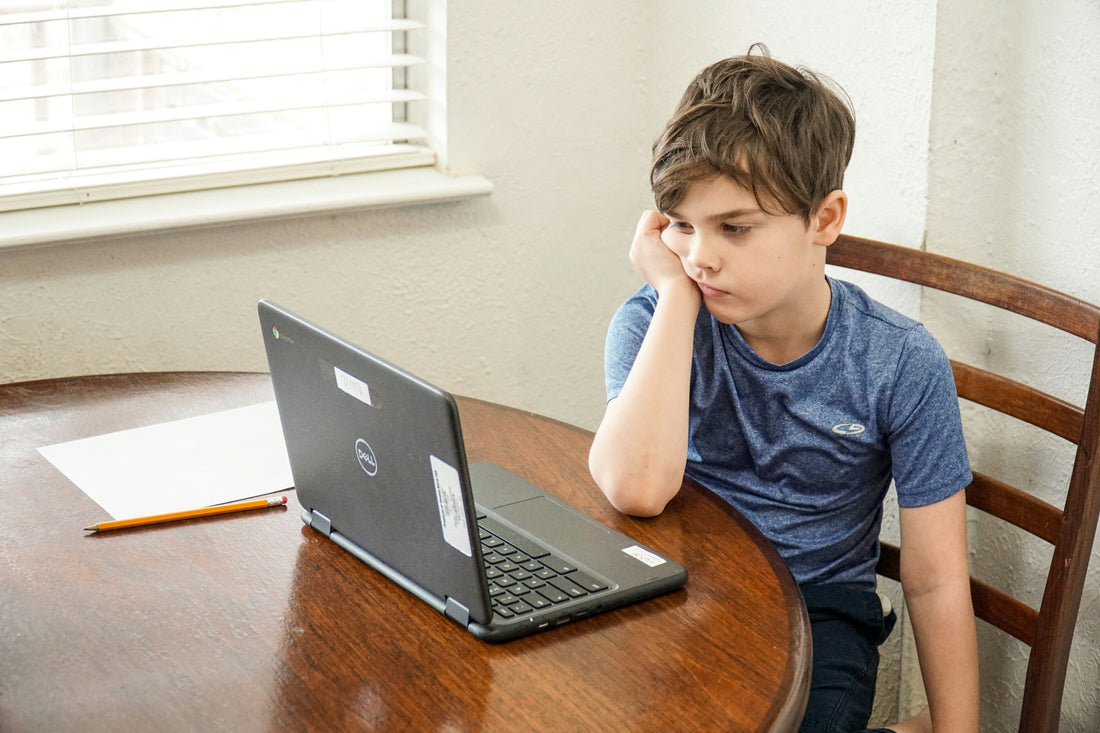
Telehealth Games to Supercharge Your Therapy Sessions (That Parents Can Use Too)
Share
If there’s one thing both therapists and parents know, it’s that keeping kids engaged during a session can be difficult. And when it comes to virtual therapy, maintaining their attention is an even bigger challenge. It ends up becoming a tug-of-war between keeping kids entertained and fostering an emotional connection while also building essential skills.
Luckily, telehealth games have completely transformed therapy for children. Whether you’re a therapist, counselor, parent, or teacher, these interactive games help enhance social-emotional learning, communication, and engagement for kids of all ages.
Why Use Games in Telehealth Therapy?
Play is an extremely powerful tool in child development, supporting cognitive, social, and emotional growth. Yet sadly, research shows that 75% of children are not getting enough playtime. Whether in an in-person or virtual setting, games can help:
-
Improve attention and engagement
-
Reinforce social-emotional skills
-
Make therapy sessions more productive and fun
-
Foster communication and collaboration
While therapists incorporate these games in their sessions, parents can also use them at home to extend the benefits beyond scheduled sessions. But what are the best telehealth games out there? We’re going to show you a few games that’ll enhance both learning and connection.
7 Telehealth Games to Use in Your Therapy Sessions
Now, it’s time for the real fun to begin. These are some of the most popular telehealth games used by therapists. If you’re a therapist in search of a new game or a parent wanting to further support your child, these games will do the trick.
Mindfulness Simon Says
Best for: Mindfulness, self-regulation, focus
A simple game of Simon Says has therapeutic benefits, helping children develop body awareness and motor skills. It’s also a great way to practice giving and following instructions. Simon Says can center around physical-based actions or be more mindfulness-based, or you can do a mix.
How to Play:
-
The therapist or parent will start by instructing the child to do mindfulness-based actions.
-
Some instructions can be:
-
Simon says to run your hands over your hair. How does your hair feel?
-
Simon says tap your legs and tell me how it feels.
-
Simon says to take a deep breath in—hold it, and then exhale.
-
Simon says to think of a happy moment. How does that make you feel?
-
Simon says to stand up and make a funny face.
Battleship
Best for: Emotion regulation, frustration tolerance, coping skills
Battleship is a classic strategy game, but it can also be an effective way to practice handling frustration. The game can help children and teens recognize and manage feelings of disappointment and build emotional resilience in a structured, low-stakes environment.
How to Play:
-
Play Battleship as usual over a telehealth session using an online version.
-
Each time a player’s ship is sunk, they must practice a coping skill before continuing.
-
Some coping skill examples include taking deep breaths, positive self-talk, and 5-4-3-2-1 grounding.
Would You Rather?
Best for: Decision-making, perspective-taking, conversation skills
Would You Rather? focuses on fostering critical thinking and emotional insight while keeping the child entertained.
How to Play:
-
The therapist or parent presents two options, for example, “Would you rather read people’s minds or fly?”
-
The child then states their choice and explains why they picked it.
-
Follow up with questions about emotions and consequences related to each choice.
Connect 4
Best for: Impulse control, decision-making
Another classic strategy game, Connect Four, can be adapted to practice impulse control. Adding a Stop-Think-Go rule, players learn to slow down, consider their choices, and regulate their emotions before making a move.
How to Play:
-
Play Connect Four as usual over a telehealth session using an online version.
-
Before dropping a piece, the player must follow the Stop-Think-Go routine.
-
If a player wins or loses, take a moment to reflect:
-
“How did it feel to wait before making a move?”
-
“Was it easier or harder to plan ahead?”
Shop ThinkPsych Products
-
“If you got frustrated, what helped you stay calm?”
Feelings Bingo
Best for: Emotion recognition, social-emotional learning
This is a fun game that reinforces emotion vocabulary and self-awareness.
How to Play:
-
Create a virtual bingo card like this one with different emotions (happy, sad, frustrated, excited, etc.)
-
Call out scenarios (e.g., “You just won a prize!”), and have the child mark the matching emotion on their card.
-
Discuss each emotion and how it might feel in the body.
Five Senses Scavenger Hunt
Best for: Mindfulness, emotion regulation, grounding techniques
This mindfulness-based game is great for calming anxiety and increasing self-awareness.
How to Play:
-
The therapist or parents ask the child to find the following:
-
Something they can see (e.g., “Find something that is blue.”)
-
Something they can hear (e.g., “Find something that makes noise when you shake it.”)
-
Something they can touch (e.g., “Find something that is smooth.”)
-
Something they can smell (e.g., “Find something that smells sweet.”)
-
Something they can taste (if applicable)(e.g., “Find a food that is sour.”)
-
After collecting the items, discuss how each sense plays a role in their emotions and experiences.
Pictionary
Best for: Emotional expression, creativity, communication skills
Pictionary can be a fun way for children to recognize and talk about emotions. When turning drawings into a guessing game, kids practice identifying feelings in themselves and others. Additionally, it fosters creativity and creates a comfortable environment for discussing experiences and feelings.
How to Play:
-
Use an online drawing platform or a shared virtual whiteboard.
-
Create a list of emotions (e.g., happiness, frustration, excitement, disappointment).
-
The therapist or parent selects an emotion and draws a scene or facial expression representing it.
-
The child guesses the emotion, and once correct, they reflect on a time they felt that way.
-
Switch roles so the child gets a turn to draw, reinforcing their understanding of different emotions.
Adapting Hands-On Games for Online Therapy
Many physical games can be seamlessly adapted for virtual therapy sessions. Card-based games, in particular, are easy to use online—therapists can hold cards up to the screen, and families can follow along with their own copies (if they have them).
These activities encourage social-emotional learning, communication, and engagement, even in a telehealth setting.
Here are a few great options:
-
Chat Chains: A conversation game designed to build confidence in social interactions. The therapist displays a topic card, and players respond, earning points as they compete to be the "Top Chatter." The structured prompts help keep discussions flowing and engaging.
-
Talent Jam: Players take turns showcasing talents, such as singing, storytelling, or acting. The therapist draws a challenge card and encourages positive feedback, letting kids practice self-expression with lots of fun added to the mix!
-
Picture Play: A vocabulary game using flashcards with real-life images. The therapist or parent asks children to describe emotions, objects, or situations, strengthening their speech development and expressive skills.
-
Moments of Gratitude: A simple but meaningful game where players take turns sharing things they’re grateful for. Gratitude cards help spark deeper discussions, promoting emotional resilience and positive thinking.
Even though these games are traditionally hands-on, small adjustments make them just as effective online.
Final Thoughts
Telehealth therapy doesn’t have to feel disengaging and dull. By integrating games into sessions, therapists can create meaningful, interactive experiences that support the child’s social-emotional growth.
ThinkPsych focuses on providing fun, evidence-based games to support children’s development. Our educational games are mission-driven, helping educators and parents raise emotionally healthy kids.
References:
Boxlight. Building Relationship Skills to Support Social-Emotional Learning. https://blog.mimio.com/building-relationship-skills-to-support-social-emotional-learning
75 Percent of Children Are Not Getting Enough Playtime, According to New Research https://www.prnewswire.com/news-releases/75-percent-of-children-are-not-getting-enough-playtime-according-to-new-research-300888615.html
National University. What is Social Emotional Learning (SEL): Why It Matters. https://www.nu.edu/blog/social-emotional-learning-sel-why-it-matters-for-educators/#the-five-social-emotional-learning-competencies
